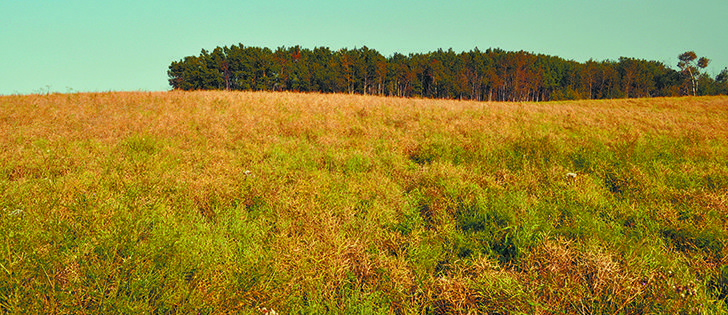Post harvest is no time to assess canola disease issues. Unfortunately, the first half of the growing season isn’t that great for doing it either.
Treatment of problems is often a decision that is made based on weather conditions, crop timing and local knowledge gained from previous years’ production issues.
The best time to gain that local knowledge is before the combines hit the field. A cursory flight over the crop or a view from the road can give producers information about trouble spots or trends that should be addressed, but it takes a trip into the field to sort out the cause.
Read Also

VIDEO: Case IH reveals new Optum tractor at Agritechnica 2025
Case IH reveals its new Optum tractor at Agritechnica 2025.
Greg Sekulic, Canola Council of Canada agrologist for the Peace River region of Alberta and British Columbia, said the best time to assess canola production is often the middle or later part of August.
Plants that are suffering stand out well from neighbouring healthy crops and the causes of a disease problem are easy to identify through the symptoms generated by the infections.
Large lesions that girdle a plant’s main stalk, like those caused by sclerotinia, are easier to find when the crops remain very green. Sekulic said the galls that are formed by clubroot break down after harvest, but are easy to identify at this crop stage.
He suggests producers “get off the swather fairly often and have a look around, especially if you are seeing problems. Even once and a while if things look good.
“Early detection of disease can lead to making management decisions that will pay off big time in the coming years,” he said.
Keith Gabert works for the canola council in southern Alberta and said the choices that growers will make in the coming years about rotations, fungicide application strategies and whether to select seed varieties with stronger disease resistance begin with producers knowing the threats in their fields.
Gabert said late summer is also a good time to evaluate machinery performance. Lines in the crop from uneven development and late flowering are still obvious. Uneven crop maturity leads to poor fungicide control of diseases such as sclerotinia, late pod development and difficult decisions about when to swath.
Sekulic said producers should approach disease evaluation as scientifically as possible.
“You want to be sure that you are not over-reacting to a problem that is isolated, or under-responding either,” he said.
A field survey should be as random as possible and be representative of the whole field. If an area is particularly low or has a significant topographical feature that makes it stand out from the rest of the land, it might pay to treat that area differently if a pest threat is concentrated or contained there.
He said heavily infected areas can give a false impression about the seriousness of a problem that is minor or absent in other parts of the field.
To carry out an objective assessment, producers can follow the process used by provincial disease surveyors.
They should look at five random places in the field before or during swathing. Select 20 plants at each spot and count the instances of disease and rate the severity of the infections.
The 100 samples will allow a percentage of infection to be established for that field.















